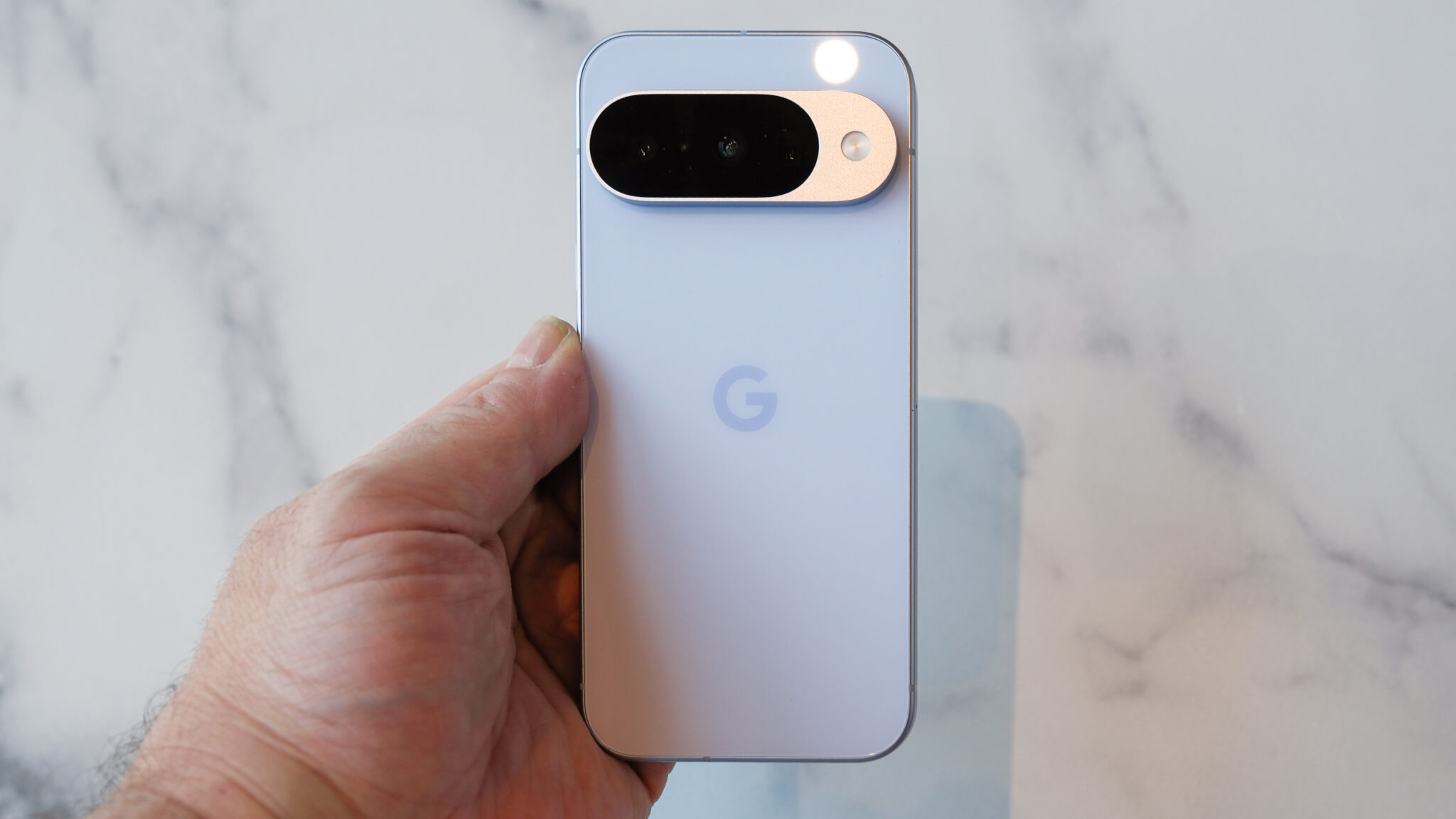It’s now been two years since the launch of the Google Pixel 8, so if you have one of these devices, you might be considering an upgrade to the new Pixel 10. But is that worth doing, or should you hold on to the Pixel 8 for a while longer?
And if you have neither, should you jump straight to the Google Pixel 10, or save a whole lot of money by buying a Pixel 8 instead (if you can find one)?
The answer to those questions will really depend on your budget and what you desire from a phone, but below, you’ll find the key similarities and differences between these handsets to help you decide.
The Google Pixel 10 should be far more powerful
Two years is a fairly long time in the world of smartphones, and particularly so when it comes to their raw power, as newer, better chipsets arrive every year.
So, while the Google Pixel 8 is rocking 2023’s Tensor G3 chipset, the Pixel 10 is two generations ahead, with a Tensor G5. Not only that, but the Google Pixel 10 also has 12GB of RAM, while the Pixel 8 has just 8GB.
The upshot of all this is that Google’s new phone should be dramatically more powerful, which will help with AI, gaming, and just about everything else, making things feel smoother and faster than on the aging Pixel 8 hardware.
Still, if you’re not an overly demanding user, then you’ll probably find the Pixel 8’s performance just fine, as it was moderately powerful by 2023 standards.
The Google Pixel 10 has a bigger battery
As well as a new chipset, Google has also given the Pixel 10 a bigger battery. Here, you get a 4,970mAh one, which the company claims will last for upwards of 30 hours, or for around 100 hours if you enable Extreme Power Saver.
With the Pixel 8, you get a 4,575mAh battery, which Google claims will last upwards of 24 hours, or for up to 72 hours with Extreme Battery Saver mode. So, in both cases, it’s not as long-lasting as the Pixel 10’s.
It also charges marginally slower, with Google claiming the Pixel 8 can reach a 50% charge in around 30 minutes, while the Pixel 10 can reach 55% in the same time.
The Google Pixel 10 has an extra camera
Photography fans should also benefit from choosing a Pixel 10 over a Pixel 8, as the Google Pixel 10 has three cameras on the back compared to just two on the Pixel 8.
Specifically, the Google Pixel 10 has a 48MP f/1.7 wide camera, a 13MP f/2.2 ultra-wide, and a 10.8MP f/3.1 telephoto camera (offering 5x optical zoom), along with a 10.5MP f/2.2 front-facing camera.
The Google Pixel 8 lacks the telephoto camera listed there, and its other camera specs differ a bit, too. It has a 50MP f/1.7 wide camera, a 12MP f/2.2 ultra-wide, and a 10.5MP f/2.2 front-facing camera.
The Google Pixel 10 has a much brighter screen
One smaller but still notable upgrade on the Pixel 10 is its screen brightness, with this phone capable of reaching 3,000 nits. The Pixel 8, in contrast, can only achieve a peak brightness of 2,000 nits.
So, the Pixel 10 should be a much better choice in bright sunlight, where dimmer screens can become washed out.
The Pixel 10’s display is also slightly bigger, at 6.3 inches to the Pixel 8’s 6.2, but that shouldn’t make much difference.
The Google Pixel 10 will be kept up to date for longer
Both the Google Pixel 10 and the Google Pixel 8 are promised seven years of operating system and security updates, but as the Pixel 8 is already two years old, it only has around five years of updates left.
So, the Pixel 10 will still be getting updated two years after the Pixel 8 receives its final update.
That not only means the Pixel 10 will be getting new software features and the latest Android updates for longer, it also means it will be safer to use for longer, since vulnerabilities will keep getting patched for those additional two years.
Still, five years is a long time in tech terms, so the Pixel 8 should have a lot of life left in it yet.
The Google Pixel 8 is lighter
One minor advantage the Google Pixel 8 has is that it’s lighter than the Pixel 10, coming in at 187g, while the Pixel 10 is 204g.
The Google Pixel 8 is also marginally more compact, with dimensions of 150.5 x 70.8 x 8.9mm to the Pixel 10’s 152.8 x 72.0 x 8.6mm.
So, the Pixel 8 could be slightly easier to carry around with you, though the Pixel 10 is hardly among the biggest or heaviest phones anyway.
The Google Pixel 8 is cheaper
Perhaps the biggest advantage the Pixel 8 has over the Pixel 10 is its price, with this phone officially starting at $699 / £599 / AU$1,199, and third-party retailers potentially selling it for cheaper still.
So, it’s a fair bit cheaper than the $799 / £799 / AU$1,349 Google Pixel 10 – though it’s also increasingly hard to find new Pixel 8 units, so you might have to settle for a refurbished model if you choose to buy one.
Many other specs and features are similar across the two phones
We’ve listed the key differences between these phones above, but there are also some things that are similar.
For instance, both the Pixel 8 and Pixel 10 have similar screen resolutions and pixel densities, and they both have a 120Hz refresh rate and an IP68 rating.
They also both come in 128GB and 256GB configurations, so in these areas, there’s little to choose from.
Read the full article here













